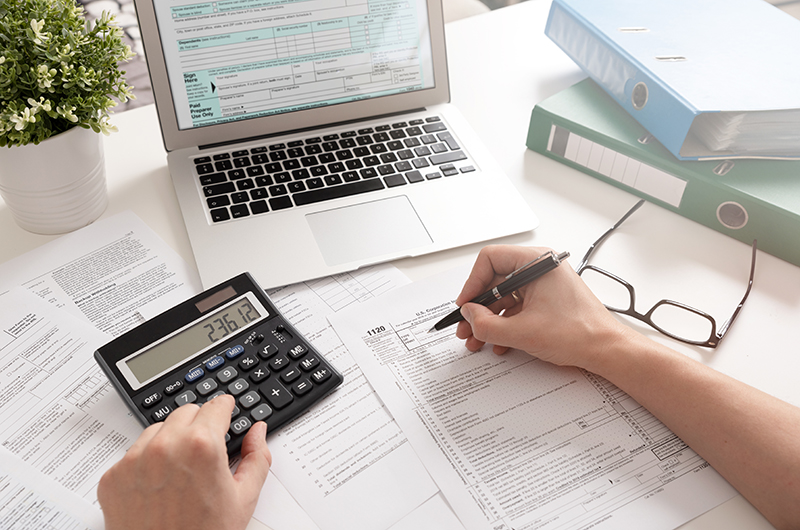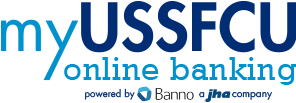Self-Employed? Don't Forget About the Estimated Tax Deadline
By: TurboTaxLisa
Published: February 4, 2020

If you’ve taken the plunge into self-employment, congrats on being your own boss! Whether you’re working as a contractor or making money in the fast-growing sharing economy, don’t forget you may need to pay quarterly estimated taxes. The next quarterly estimated tax payment deadline for the 2019 tax year is coming up on January 15th, 2020.
Are you prepared? If not, don’t worry – we’ve got the info you need to know!
Who is Subject to Estimated Taxes?
In the United States, we have a “pay as you go” tax system. That means that the government expects to receive most of your taxes throughout the year. Because of this, employees have a certain amount of taxes automatically withheld from their paychecks.
On the other hand, if you are self-employed as a freelancer, contractor or home-based entrepreneur, you most likely don’t have taxes withheld from your pay throughout the year and are instead subject to quarterly estimated taxes. In general, you are expected to pay estimated taxes if you expect to owe $1,000 or more annually for your taxes.
For your 2019 taxes, quarterly estimated taxes are due by April 15, 2019, June 17, 2019, September 16, 2019 and January 15, 2020. Remember, you don’t have to make your 2019 4th quarter payment (January 15th) if you choose to file your full 2019 tax return by January 31, 2020 and pay the entire balance due with your return. These are the same dates for quarterly estimated taxes for 2020.
However, if you skip making a quarterly payment or pay late, you may be subject to a penalty. If you earn your self-employment income unevenly during the year, you may be able to use an annualized installment method at tax time and avoid a tax penalty for not paying estimated taxes every quarter due to fluctuating income.
When Are Estimated Taxes Due?
The good news is that the IRS has a schedule to help you figure out when you need to pay. Here’s the remaining schedule for 2019 estimated tax payment due dates as well looking forward to 2020:
- 4th Quarter for 2019 taxes: (September 1 – December 31) January 15, 2020
- 1st Quarter – April 15, 2020
- 2nd Quarter – June 15, 2020
- 3rd Quarter – September 15, 2020
- 4th Quarter – January 15, 2021
If the 15th falls on a weekend or a holiday, then the due date is the next weekday. Don’t forget that the final fourth quarter payment deadline for your 2019 taxes is January 15, 2020.
*Note that if you are a victim of a recent federally declared disaster, there may be IRS tax filing and payment deadline extensions available to you. You can check for additional relief information on the IRS disaster relief page.
How Can I Figure Out My Estimated Taxes?
You can use QuickBooks Self-Employed to track your income, expenses, mileage and figure out your estimated taxes year-round. The program does the math for you and helps you figure out your estimated taxes, so you can easily make the estimated tax deadline. At the end of the year, QuickBooks Self-Employed gives you the ability to export your Schedule C information from QuickBooks Self-Employed to TurboTax Self-Employed to make your annual tax filing easier.
When you prepare your taxes, TurboTax can also automatically calculate your estimated tax payments and print out payment vouchers for you to send into the IRS. You can also use TurboTax TaxCaster to get an estimate of your overall tax picture and if you should make an estimated tax payment. TurboTax TaxCaster is updated to reflect the Tax Reform Law passed at the end of 2017 so estimates will take into account the new 20% qualified business income deduction provision in the new law.
How Can I Pay Estimated Tax?
Now that you know what you owe, it’s time to get your payment in. Fortunately, you have several options:
- QuickBooks Self-Employed allows you to electronically file your quarterly estimated tax payments to the IRS. E-filing is fast and results in fewer errors because you won’t have to re-enter information into your checkbook or the IRS computer system.
- You can use the Electronic Federal Tax Payment System (EFTPS) to pay your estimated taxes. Besides making instant payments, it’s also free.
- You can mail in your payment. The IRS has specific mailing addresses based on the state where you live. Please be aware that your payments should be postmarked by the due date to avoid penalties.
Tips on Making Your Quarterly Tax Payments Easier
- Forget filling out handwritten forms: When you use QuickBooks Self-Employed for your business, the program will figure out your estimated taxes for you. TurboTax can also figure out and generate your estimated payment vouchers automatically when you prepare your taxes using TurboTax.
- Keep a record of all your estimated tax payments: You will need to enter estimated taxes you have paid when you file your taxes.
Don’t worry about remembering all of this information. TurboTax Self-Employed and QuickBooks Self-Employed have you covered and will help you uncover business expenses to help you save on your taxes! If you have questions as you are filing your taxes or around estimated taxes during the year, you can connect live via one-way video to a TurboTax Live Self-Employed CPA or Enrolled Agent to get the answers you need. TurboTax Live Self-Employed CPAs and Enrolled Agents are available in English and Spanish year-round and can also review, sign, and file your tax return. You’ve got a job to do all year long, and so do they – to be there when you need them.
The article below is up to date based on the latest tax laws. It is accurate for your 2019 taxes, which you will file by April 2020 (or October 15, 2020, with filed extension) deadline. Learn more about tax reform here. This article was originally published on January 07, 2020. The original article can be found at blog.turbotax.intuit.com.



